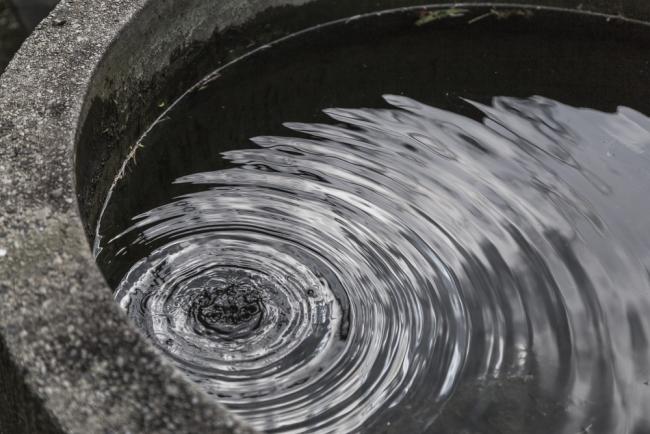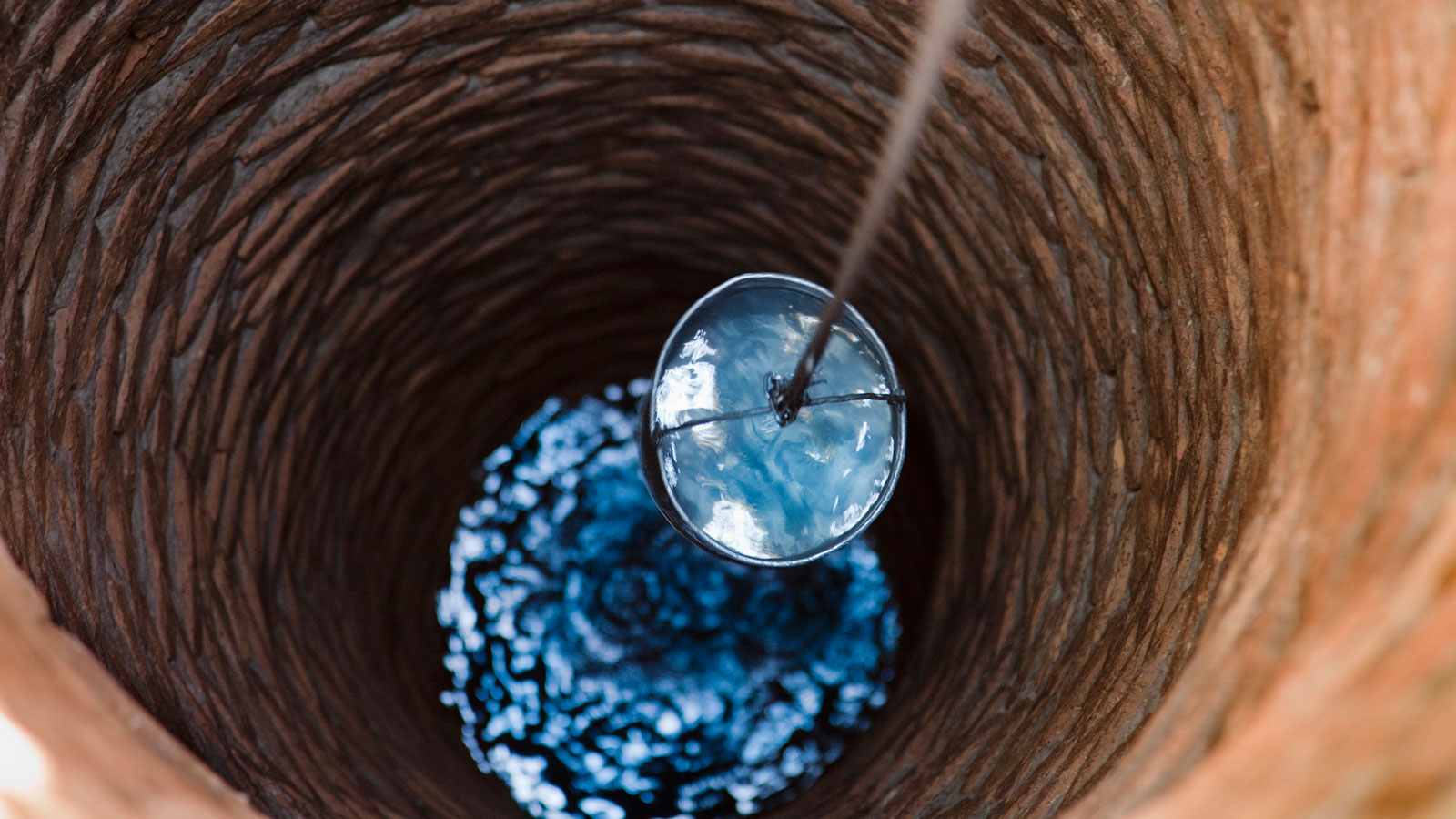Are you struggling to draw sufficient water from your well? Low-yield wells can be a significant source of frustration for homeowners who rely on well water for their daily needs. Fortunately, you can take several steps to boost the output of your underperforming well. In this blog post, we’ll explore the most effective strategies to rejuvenate your well through over pumping techniques, ensuring you have consistent and reliable access to water.
Owning a well comes with its unique challenges, especially when it starts yielding less water than required. This situation is not only inconvenient but could also escalate into a severe water scarcity issue if not addressed promptly. Enhance your understanding as we delve into top over pumping tips that help maximize your well’s potential without causing long-term damage.
Contents
Assessment and Monitoring
Before taking any drastic measures, it’s crucial to assess the current status of your well. Over pumping without understanding the well’s capacity and recharge rate can lead to significant issues like lowering the water table or even well collapse. Using tools and insights available at this website, you can gauge the groundwater levels and determine sustainable pumping rates specific to your area and well conditions. Proper monitoring ensures you are not extracting water faster than the aquifer can replenish.
Scheduled monitoring using water level sensors and flow meters can provide valuable data over time, helping you make informed decisions about water usage and pump operation. Besides, consider hiring a hydrogeologist to perform a detailed assessment if your initial evaluations suggest potential problems.

Installing a Variable Frequency Drive (VFD)
One effective way to manage a low-yield well is by installing a Variable Frequency Drive (VFD) on your pump system. A VFD allows you to control the speed of the electric pump motor according to the water needs, thus avoiding the risks associated with over pumping. By adjusting the pump speed, VFDs ensure that the pumping rate closely matches the well’s recharge rate, enhancing the efficiency of water extraction.
This adaptation not only preserves the well’s integrity but also prolongs the lifespan of your pumping system by reducing mechanical stress. Moreover, VFDs can lead to significant energy savings since the pump uses only as much power as needed, reflecting positively on your utility bills.
Cyclic Pumping Strategy
Cyclic or intermittent pumping is another strategic approach suitable for low-yield wells. This method involves pumping in short bursts – allowing periods of rest in between – which helps maintain groundwater levels and reduces strain on the well system. By allowing adequate recovery time for the well, you can prevent drastic drops in water levels and minimize potential damage to both the ecosystem and your infrastructure.
This strategy requires a diligent schedule that aligns with your regular water use patterns while ensuring there’s enough stored water to last through non-pumping periods. It may also necessitate additional storage solutions like larger pressure tanks or reservoirs.
Alternative Water Source Integration
Incorporating alternative sources of water can significantly alleviate the stress on a low-yield well. This might include collecting rainwater in barrels or setting up a greywater system for irrigation purposes. These methods help reduce dependency on the well during peak usage times or seasons of low recharge.
Moreover, diversifying your water sources offers an added layer of security during droughts or other emergencies when well water is insufficient. Consider consulting local regulations and environmental guidelines before implementing such systems to ensure compliance and ecological sustainability.
Regular Maintenance Checks
Maintaining your well and its associated equipment in top condition is essential for ensuring optimal performance. Regular checks of your pump, pressure tank, and related infrastructure can identify issues such as leaks, sediment buildup, or wear and tear that can diminish your system’s efficiency.
Scheduling professional maintenance services at least annually provides an opportunity for thorough inspections and timely repairs—crucial measures that support both immediate yield improvements and long-term wellness of your well system.
In conclusion, managing a low-yield well effectively requires a comprehensive approach encompassing assessment, technology adaptation, strategic operation adjustments, diversification of water resources, and vigilant upkeep. These measures not only amplify your well’s performance but also contribute to sustainable groundwater management practices that benefit both you and the environment around you.
By taking proactive steps today based on these top over-pumping tips, you’re setting up for less worry tomorrow—securing a reliable water supply designed to meet challenges head-on. Remember, each step not only solves an immediate need but also strengthens resilience against future uncertainties.



